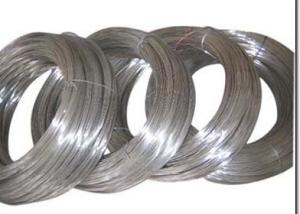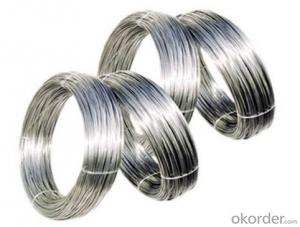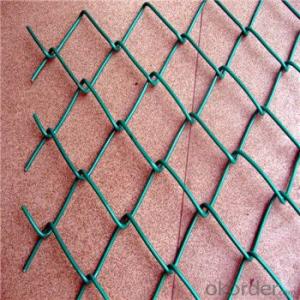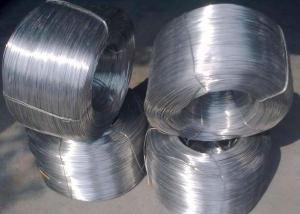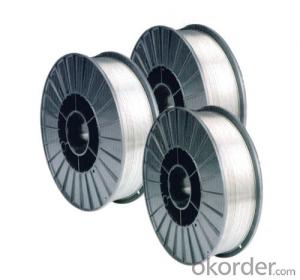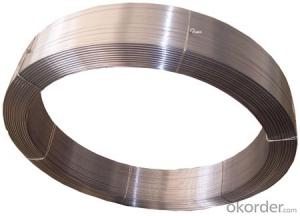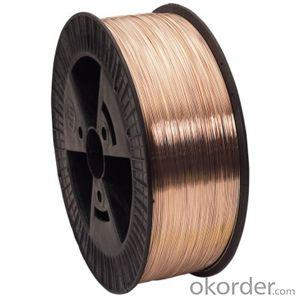Stainless Steel Wire Uk
Stainless Steel Wire Uk Related Searches
Best Paint For Stainless Steel Blanket Insulation For Steel Buildings Primer For Galvanized Steel Foam Filter For Stainless Steel H S Code For Stainless Steel Surface Grinding Wheels For Stainless Steel Surface Grinding Wheels For Hardened Steel Hole Saw For Stainless Steel Paint For Stainless Steel Stainless Steel For BbqHot Searches
Steel Mesh Panels For Sale Price For Stainless Steel Scrap Scrap Price For Stainless Steel Price For Stainless Steel Stainless Steel Tank For Sale Stainless Steel Sheets For Sale Cheap High Tea Sets For Sale Stainless Steel Tanks For Sale Stainless Steel For Sale High Density Fiberboard For Sale Solar Hot Water Collectors For Sale Scaffolding For Sale In Uae Scaffolding For Sale In Ireland Scaffolding For Sale In Houston Type Of Inverter For Solar Price Of Shipping Containers For Sale Types Of Inverter For Solar Stock Price For Aluminum Used Solar Inverter For Sale Steel Mesh Panels For SaleStainless Steel Wire Uk Supplier & Manufacturer from China
Okorder.com is a professional Stainless Steel Wire Uk supplier & manufacturer, offers integrated one-stop services including real-time quoting and online cargo tracking. We are funded by CNBM Group, a Fortune 500 enterprise and the largest Stainless Steel Wire Uk firm in China.Hot Products
FAQ
- There are several different diameters available for stainless steel wire, ranging from very thin to thicker options. The specific diameters can vary depending on the manufacturer and the intended use of the wire. Common diameter options for stainless steel wire include 0.02mm, 0.05mm, 0.1mm, 0.2mm, 0.5mm, 1mm, and larger. These diameters are typically measured in millimeters or sometimes in gauge sizes. It is important to choose the appropriate diameter based on the specific application requirements, such as strength, flexibility, or conductivity.
- Yes, stainless steel wire can be used for medical implants. Stainless steel is commonly used in medical devices and implants due to its corrosion resistance and biocompatibility. It is used for a variety of applications such as orthopedic implants, surgical instruments, and cardiovascular devices.
- What is stainless steel edge silk?
- The above mentioned standard, I dare not deny, but I don't know what you said stainless steel side silk, is not refers to stainless steel coil, in the processing, the remaining side silk material.
- Stainless steel wire is known for its unique set of characteristics that make it a popular choice in various industries. Firstly, stainless steel wire is highly resistant to corrosion. This is due to the presence of chromium in its composition, which forms a protective oxide layer on the surface of the wire, preventing it from rusting or tarnishing. This attribute makes stainless steel wire suitable for outdoor applications or in environments where it may be exposed to moisture or corrosive substances. Secondly, stainless steel wire is known for its strength and durability. It has a high tensile strength, meaning it can withstand heavy loads and resist deformation. This makes it suitable for applications that require a strong and reliable material, such as in construction, automotive, or aerospace industries. Another important characteristic of stainless steel wire is its versatility. It can be easily fabricated into various shapes and forms, allowing for a wide range of applications. Whether it is woven into mesh for filtration purposes, used as a reinforcement in concrete, or formed into springs for mechanical components, stainless steel wire can be adapted to meet specific requirements. Furthermore, stainless steel wire has excellent heat resistance. It can withstand high temperatures without losing its strength or becoming brittle. This property makes it suitable for applications that involve exposure to heat, such as in the manufacturing of cooking utensils, heat exchangers, or industrial ovens. Lastly, stainless steel wire is known for its aesthetic appeal. It has a smooth and reflective surface that gives it a polished and professional look. This makes it a popular choice for architectural applications, decorative purposes, or even in the jewelry industry. Overall, the main characteristics of stainless steel wire include corrosion resistance, strength, versatility, heat resistance, and aesthetic appeal. These properties make it a reliable and sought-after material in various industries where durability, performance, and appearance are essential.
- Yes, stainless steel wire is highly suitable for architectural mesh. Stainless steel is a corrosion-resistant material that can withstand harsh environmental conditions, making it ideal for outdoor applications such as architectural mesh. It offers excellent strength and durability, ensuring that the mesh can withstand heavy loads and maintain its structural integrity over time. The wire can be woven into intricate patterns and designs, allowing for creative and visually appealing architectural applications. Additionally, stainless steel wire can be easily cleaned and maintained, making it a practical choice for architectural projects where hygiene and cleanliness are important. Overall, stainless steel wire is a reliable and versatile material that meets the requirements of architectural mesh in terms of aesthetics, durability, and functionality.
- Yes, stainless steel wire can be used for making wire traps. Stainless steel is a strong and durable material that can withstand harsh outdoor conditions. It is resistant to rust and corrosion, which makes it ideal for building traps that will be exposed to moisture. Additionally, stainless steel wire is flexible and easy to work with, allowing for the creation of intricate trap designs.
- Which is better, such as stainless steel wire drawing board and rose gold drawing board, such as moisture-proof effect, abrasion resistance and so on?
- Stainless steel surface is like filamentous texture, this is only a stainless steel processing technology. The surface is Matt, and carefully look at the above there is a trace of texture, but can not touch it.
- The diameter of stainless steel wire is typically measured using a gauge system. This system assigns a specific number to the wire based on its diameter. The most commonly used gauge system for stainless steel wire is the American Wire Gauge (AWG). In this system, the higher the gauge number, the smaller the wire diameter. For example, a 20-gauge stainless steel wire will have a larger diameter than a 24-gauge wire. The measurement is done by using specialized tools such as a micrometer or a wire gauge. These tools ensure precise measurements by accurately determining the thickness of the wire. It is important to note that the diameter measurement may vary slightly depending on the manufacturing process and the specific application of the stainless steel wire.
















